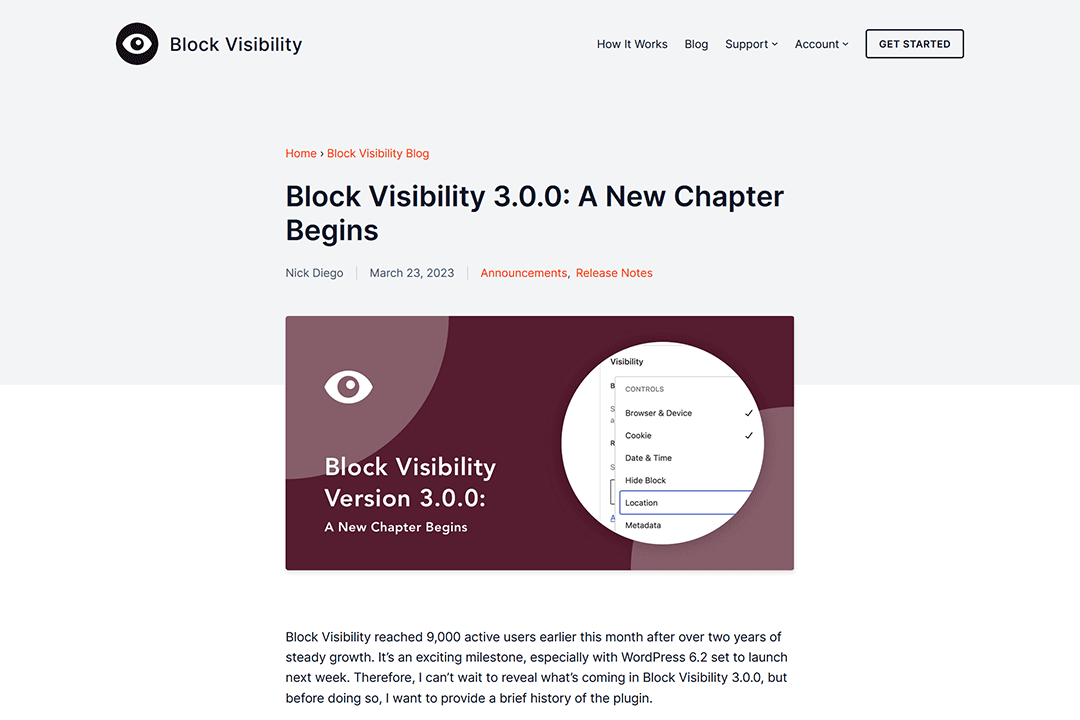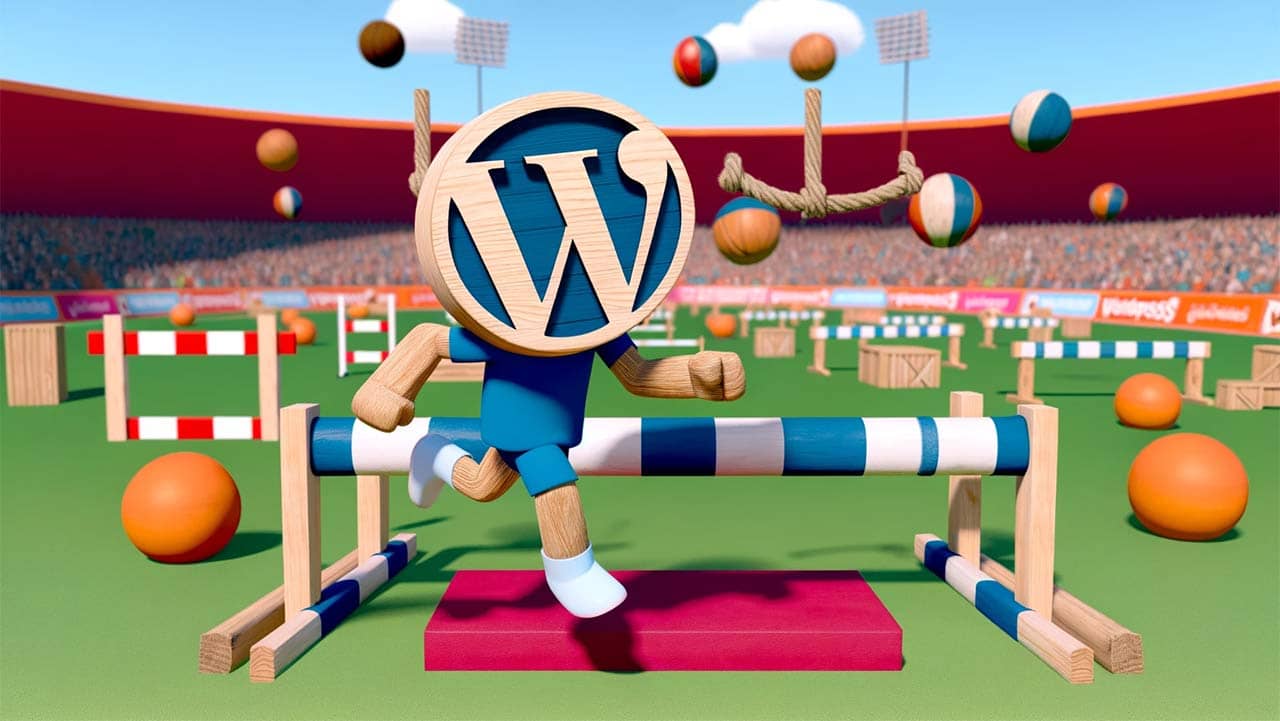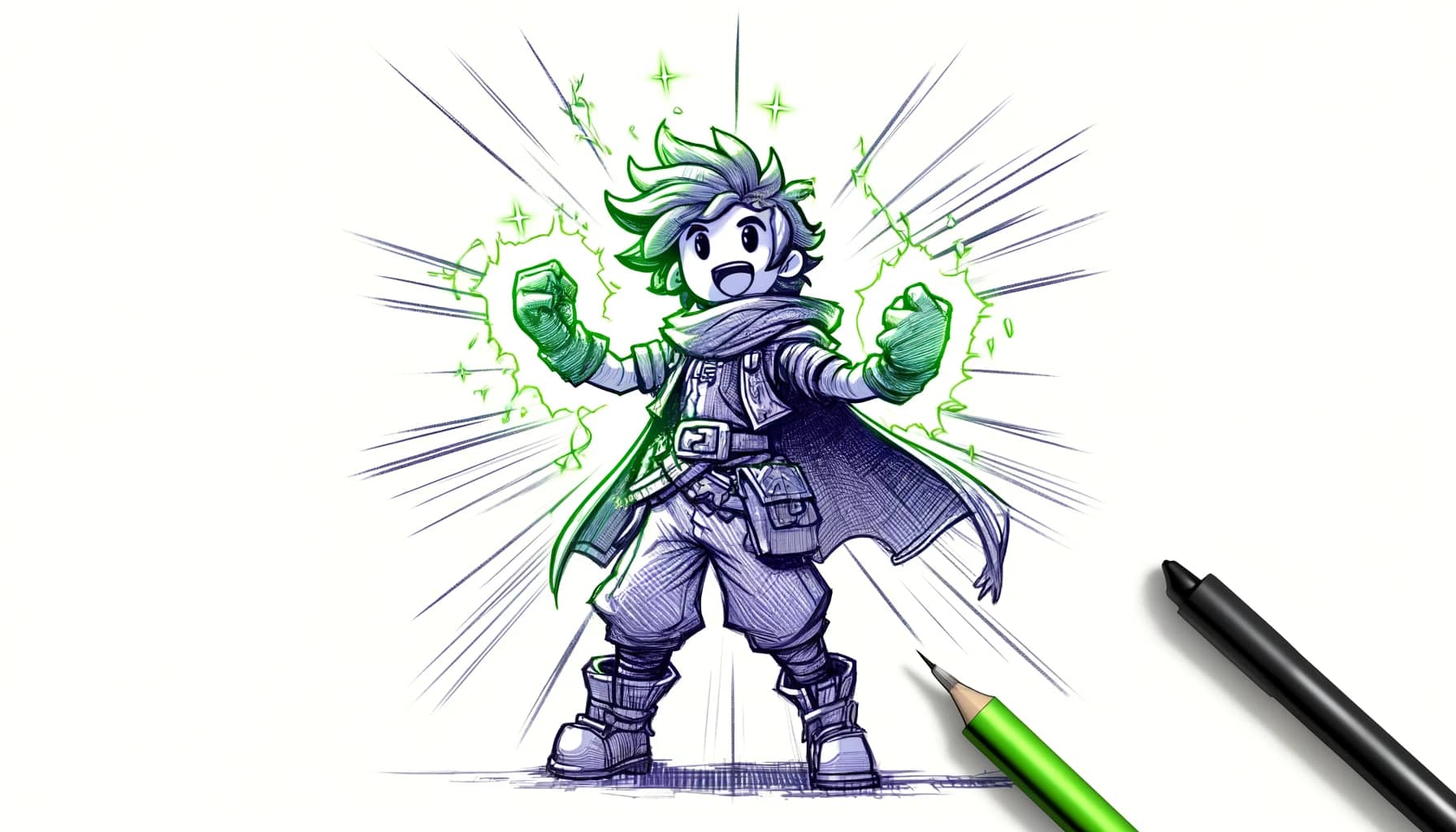The “freemium” model is popular among WordPress product makers. They provide us with a free version of a plugin or theme, with the option of a commercial upgrade.
Users can get a taste of what the product has to offer. And if they need more features or robust support, they have a path to do so.
But one size does not fit all. Some WordPress products may thrive with the freemium model. Others may find it too difficult to balance. After all, how do you draw the line between what’s included in the free and commercial versions? And is it ultimately worth the effort?
WordPress developer and core contributor Nick Diego faced this dilemma. His Block Visibility plugin has grown steadily since its initial release in 2020. And the niche utility was useful enough that users quickly began requesting new features.
Diego saw potential in the plugin and launched a pro-add-on in 2021. It contained more complex functionality. And he hoped it would allow him to fund future development.
But as it turned out, the model wasn’t matching Diego’s needs. Thus, he took the step of merging the pro-add-on features into the free version. Yes, he went from freemium to free.
Going Behind the Scenes With Nick Diego
So, why turn a premium product into a free one? Diego spoke with The WP Minute about his decision, his history with WordPress, and what’s new in his career.
Our talk has been lightly edited for clarity and brevity.
The WP Minute: Like many WordPress plugins, Block Visibility arose from a personal need. But what were your expectations when you released it to the public?
Nick Diego: I had developed a handful of plugins prior to Block Visibility. At the time, I was working in the hospitality industry as the Director of Marketing for a resort in New England. WordPress was a hobby, and I taught myself PHP and web development fundamentals through the creation of these projects. Block Visibility was no different.
The pandemic had just begun in the spring of 2020, and the resort was shut down for a few months. I decided to teach myself React and needed a project to work on. I had begun exploring blocks and wanted a way to hide content quickly. For example, say you had a published page or post but wanted to temporarily remove a section. Rather than deleting the content, what if you could simply hide it on the front end with a toggle in the Editor? This led to the idea of scheduling blocks plus user role-restricted content, and Block Visibility was born.
After spending a month or so learning React and cobbling together a working v1.0.0, I decided to release it to the public. I had no real expectations other than hoping a few people would find it useful and that the additional testing would work out any flaws I might have missed. At this time, WordPress was still just a hobby.
TWPM: The plugin recently surpassed 9,000 active installs. How do you feel about the level of growth so far?
ND: The growth of Block Visibility has been relatively slow and steady. The plugin launched on August 2020 and hit 1,000 users at the end of June 2021. The Pro add-on was launched in early June. The main plugin hit 3,000 users in January 2022 and grew to 8,000 by January 2023. I was very pleased with the growth in 2022, but I think it had little to do with the plugin itself.
At the beginning of 2022, WordPress 5.9 was released with the first block theme, Twenty Twenty-Two. (WordPress) 6.0 and 6.1 followed that up with more refinements to the Block Editor. I believe 2022 was the year the community really started coming around on blocks.
Block Visibility was able to capitalize on this. Currently, the plugin is growing at about 500+ new users a month, which I am happy with, given that it’s a niche tool.
TWPM: How did the Block Visibility Pro add-on come about?
ND: In the spring of 2021, I was planning my exit from the hospitality industry. After over a decade in the space and navigating the pandemic, I decided that I wanted to pursue my passion, which was WordPress.
Needing a way to support this endeavor, I planned on developing a plugin business. At the same time, I had been getting many feature requests for Block Visibility and decided to build a Pro add-on to serve these users and also support my development of the plugin.
TWPM: Did managing the plugin’s “freemium” model present any challenges?
ND: It was a lot of work, but nothing too difficult. I chose to use Easy Digital Downloads and built out a custom block theme for blockvisibilitywp.com. Honestly, the website was the hardest part because block themes were still quite experimental back in 2021. Redoing this today would be much easier.
As far as challenges go, it was really just the amount of time needed to run the business elements. I was used to doing support for all my free plugins, so that was not a big deal. But content marketing, SEO, etc., all reminded me too much of my previous career and took some of the fun out of it.
Unfortunately, marketing is probably the most important factor in making a plugin successful from a monetary perspective (queue current Awesome Motive discourse 😅).
TWPM: What led to your decision to integrate the Pro features into the core Block Visibility plugin?
ND: In the fall of 2021, I was offered a position in Developer Relations at WP Engine. I had never worked for a company in the WordPress space, and this was a fantastic opportunity at a great company that allowed me to keep Block Visibility Pro as a side business.
During my time at WP Engine, I was afforded the opportunity to become more involved with WordPress contribution and developer education, work that I found extremely fulfilling. I quickly realized that my love for building, contributing, and educating surpassed my desire to be an entrepreneur in the plugin space.
By removing the business elements of Block Visibility Pro, I would be able to focus on developing useful plugins that also serve as educational resources on how to build with modern WordPress techniques and (hopefully) inspire other extenders to build blocks and other block-related plugins.
I decided to leave WP Engine in February of this year to spend more time contributing to Core, work on my plugins, and begin winding down Pro. During this short stint of self-imposed unemployment, I was offered and accepted a position at Automattic on their .org team as a full-time contributor focused on developer education and advocacy.
TWPM: How do you think this move will impact the plugin’s future development and support?
ND: I firmly believe that this move will make Block Visibility a better plugin and increase its user base. The Pro features have been thoroughly tested but have only been used in the real world by a small fraction of users.
Opening these features up to tens of thousands of people, in addition to making the code available on GitHub, will allow for potential bugs to be spotted and resolved more quickly. It will also hopefully lead to more feature requests and contributions from the community. I am very excited about the future of the plugin.
TWPM: What have you learned from this experience so far? Any advice for other developers bootstrapping a WordPress product?
ND: Now admittedly, I have failed in the WordPress product space when it comes to building a sustained business, so I may not be the best person to seek advice from. 😅 However, you should follow your passion and try to build something that you would use.
That said, I strongly recommend leaning into blocks or block-related tools. This is the direction that WordPress is going, like it or not.
Unless you are building something for another page builder like Elementor or your product has nothing to do with editing content, it really must support the Block Editor and ideally the Site Editor as well. In doing so, use built-in components and mirror the WordPress aesthetic whenever you can. This allows for a consistent user experience between your products and WordPress itself.
My data is extremely anecdotal, but Block Visibility is currently growing faster than it ever has, and another one of my plugins, The Icon Block, is growing at about 1,000 users every 25 days.
The community is really starting to use blocks and block plugins. I believe there is a lot of opportunity in this space.
The Importance of Following Your Passion
Diego’s journey is not an unusual one. Many in the WordPress community have come from other industries. They saw a unique opportunity and seized it. The ecosystem has a way of attracting entrepreneurs looking for something better.
And converting a premium product into a free one is not unprecedented. But it’s not all that typical, either.
Block Visibility is a valuable addition to any developer’s toolbox. And the advanced features now merged into the core plugin make it even more attractive.
That said, Diego decided to follow his passion. And making Block Visibility completely free provided him with the freedom to move on. The fact that he plans to keep up development says a lot about his dedication to WordPress.
Our thanks to Nick Diego for taking the time to speak with us! Be sure to visit his website and follow him on Twitter.
Join The Newsletter
Get your favorite 5 minutes of WordPress news for busy professionals every week — 100% Free! Join the WP Minute Newsletter below 👇






